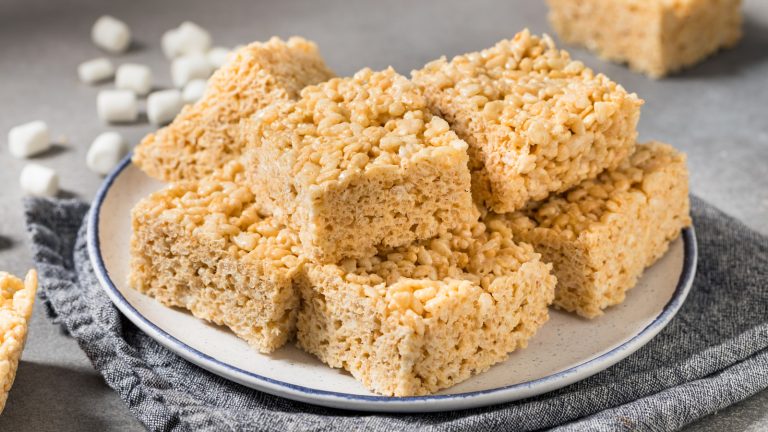Whether it’s worked into a pancake mix or a tenderizing marinade, buttermilk is a staple in many recipes. But, it isn’t just an ingredient. As a matter of fact, buttermilk can also be consumed as is. While this is good news should you have leftovers, it’s worth mentioning that the dairy product does have a very peculiar flavor profile. So, rather than pour yourself a tall glass of the tangy beverage, we suggest making a couple of modifications before you start sipping.
Alongside its rich texture, buttermilk boasts an equally rich flavor. Yet, beyond its dreamy creaminess, buttermilk has a tart twang that renders itself slightly unpleasant to drink. Fortunately, the drink can be made more palatable by neutralizing this acidity. For example, mixing the drink with something sweet can offset some of its mouth-puckering tang. Anything from a drizzle of honey to agave nectar or a flavored syrup can balance flavors, much like stirring in a ripe fruit puree — perhaps, mango — or a spoonful of berry jam. For extra depth, you can even add citrus zest, vanilla extract, or cocoa powder. Alternatively, buttermilk’s sourness can be tamed by taking a savory approach. A pinch of salt (or a salty ingredient like miso) is all it takes to help detract from the beverage’s acidity. For a tastier sip, we also suggest doctoring the drink with fresh herbs like mint or warm spices like cinnamon and nutmeg. Even a few chilis could improve the taste of buttermilk.
The key to making buttermilk taste even better
Not all buttermilk is the same. In reality, two types (cultured and traditional) exist and each has a slightly different profile. Generally, cultured buttermilk — made by acidifying milk with bacteria — is what’s found in supermarkets. It’s thick with a tart and funky flavor. Traditional buttermilk, on the other hand, is a thinner liquid that’s leftover after churning butter. Subtly sour with sweet buttery notes, traditional buttermilk is more approachable, which means you might want to sip this variety instead.
To ensure the best buttermilk-drinking experience, selecting the freshest dairy is key. Although nothing beats homemade renditions, quality buttermilk can often be found at your local farmer’s market or dairy farm. Additionally, chilling the liquid can lead to a more optimal tasting experience as cooler temperatures will mute funkiness and highlight the buttermilk’s refreshing acidity and milky decadence. Since texture can also impact how buttermilk is perceived, you might want to consider diluting the velvety drink. Simply stir in water (or milk) until you reach your desired consistency.
If buttermilk still proves hard to swallow, you might want to try introducing it into other beverages. Its creaminess and tang can make it a match when poured into fruit smoothies, luscious milkshakes, or savory cocktails. Regardless of how you decide to tweak the dairy drink, making a few modifications can make guzzling glasses of buttermilk doable … dare we say, it might even become your new norm!






